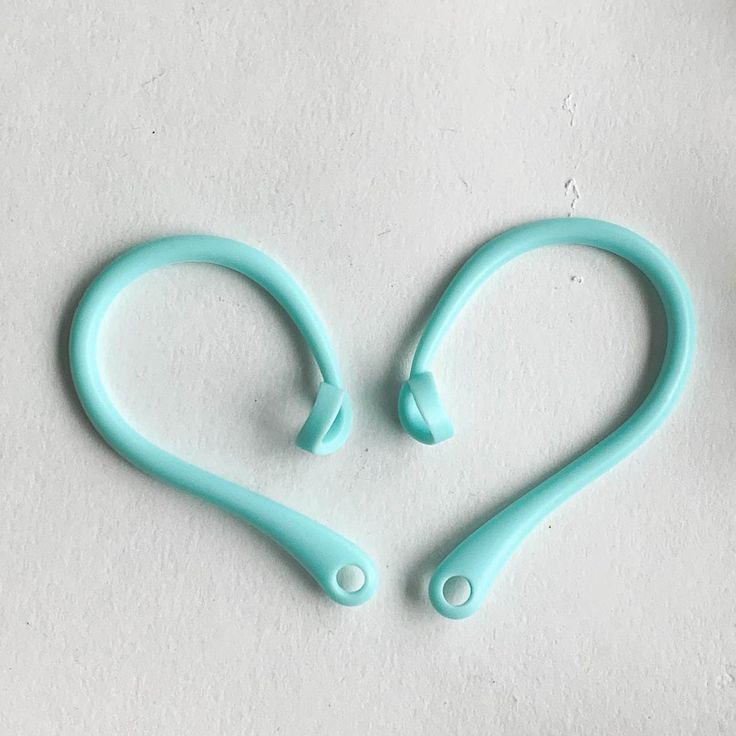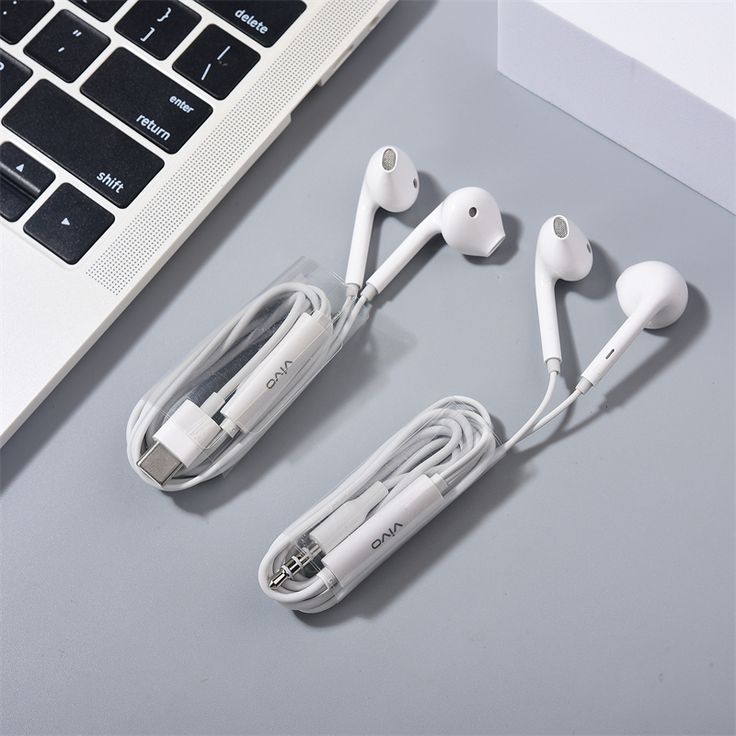Silicone phone cases, beloved for their softness, grip, and vibrant colors, have become a popular choice among smartphone users. However, a lingering concern often surfaces: Can silicone cases contribute to overheating? Do they trap heat and compromise your phone’s performance? Let’s delve into this topic, exploring the relationship between silicone cases and heat dissipation, addressing potential concerns, and offering tips to maintain optimal phone performance while enjoying the benefits of these protective accessories.
Understanding Heat Generation in Smartphones
Before we explore the impact of silicone cases, it’s important to understand the sources of heat generation within your smartphone.
-
Processor and Battery: The processor, responsible for handling various tasks and operations, and the battery, which powers your phone, are the primary sources of heat generation.
-
Demanding Tasks: Activities like gaming, video streaming, or running multiple apps simultaneously can put a strain on the processor and battery, causing them to work harder and generate more heat.
-
Environmental Factors: External factors like direct sunlight or hot weather can also contribute to your phone’s temperature rise.
The Silicone Case Conundrum: Insulation vs. Heat Dissipation
Silicone, a synthetic rubber material, offers several advantages for phone cases, including its softness, grip, and shock-absorbent properties. However, its insulating nature can also impact heat dissipation.
Insulation
Silicone, like any material, has a certain level of thermal resistance, meaning it can act as an insulator, slowing down the transfer of heat away from your phone.
Reduced Airflow
A snug-fitting silicone case can also reduce airflow around your phone, further hindering heat dissipation.
Potential for Heat Buildup
In certain scenarios, especially during intensive tasks or in warm environments, this combination of insulation and reduced airflow can lead to heat buildup within the case, potentially affecting your phone’s performance or even its battery health in the long run.
It’s important to note that silicone cases themselves don’t generate heat; they merely influence how efficiently the heat generated by your phone is dissipated. If your phone is performing demanding tasks or is exposed to high temperatures, a silicone case might contribute to a slight increase in its overall temperature.
Mitigating Heat Buildup: Tips and Tricks
While silicone cases might have a minor impact on heat dissipation, several strategies can help you manage and minimize any potential overheating issues.
-
Choose Thin and Breathable Cases: Opt for thinner silicone cases or those with ventilation holes or cutouts that allow for better airflow and heat dissipation.
-
Avoid Overheating Environments: Don’t leave your phone in direct sunlight or other hot environments, especially when it’s in a case.
-
Remove Case During Intensive Tasks: If you notice your phone getting excessively hot during gaming or other demanding activities, consider removing the case temporarily to allow for better heat dissipation.
-
Monitor Temperature: Be mindful of your phone’s temperature and take breaks from intensive tasks if it starts to feel hot.
-
Use a Cooling Pad (Optional): For heavy users or those in warm climates, a cooling pad or fan attachment can help dissipate heat more effectively while your phone is charging or in use.

Alternative Case Materials: Exploring Options
If you’re concerned about heat buildup or prefer a different aesthetic, consider alternative case materials that offer varying levels of heat dissipation and style.
-
Hard Plastic Cases: Hard plastic cases, typically made from polycarbonate or other rigid plastics, offer less insulation than silicone and might allow for better heat dissipation. However, they might not be as shock-absorbent as silicone.
-
Hybrid Cases: Hybrid cases combine a hard outer shell with a softer inner layer, offering a balance of protection and breathability.
-
Leather Cases: Leather cases, while stylish and durable, might not be the best option for heat dissipation, as leather can also act as an insulator.
-
Metal Cases: Metal cases can actually help dissipate heat, as metal is a good conductor of heat. However, they can be heavier and might interfere with signal reception or wireless charging.
Dispelling the Myth: Silicone Cases and Heat Dissipation
While concerns about silicone cases causing overheating are valid, it’s important to understand that they don’t inherently generate heat. Instead, they can influence how efficiently your phone dissipates the heat it produces during operation.
-
Insulation Properties: Silicone, like any material, has a certain level of thermal resistance. This means it can act as an insulator, slowing down the transfer of heat away from your phone.
-
Reduced Airflow: A snug-fitting silicone case can also limit airflow around your phone, further hindering heat dissipation.
-
Potential for Heat Buildup: In certain scenarios, such as during intensive tasks like gaming or video streaming, or in warm environments, this combination of insulation and reduced airflow can lead to a slight increase in your phone’s temperature. However, this doesn’t necessarily mean that the case is the sole cause of overheating.
The Real Culprits: Understanding the Sources of Heat
Before blaming your silicone case, it’s essential to recognize the primary culprits behind smartphone overheating.
-
Processor and Battery: The processor, responsible for handling various tasks and operations, and the battery, which powers your phone, are the main sources of heat generation within your device.
-
Demanding Tasks: Activities like gaming, video streaming, or running multiple apps simultaneously can put a strain on the processor and battery, causing them to work harder and generate more heat.
-
Environmental Factors: External factors like direct sunlight or using your phone in a hot car can also significantly contribute to its temperature rise.
While a silicone case might slightly influence heat dissipation, it’s important to remember that the primary heat source lies within the phone itself. The case merely affects how efficiently that heat is released into the surrounding environment.

Mitigating the Heat: Tips and Tricks
Even if you choose to use a silicone case, several strategies can help minimize heat buildup and ensure your phone stays within a safe operating temperature range.
-
Choose Thin and Breathable Cases: Opt for thinner silicone cases or those with ventilation holes or cutouts that allow for better airflow and heat dissipation.
-
Avoid Overheating Environments: Don’t leave your phone in direct sunlight or other hot environments, especially when it’s in a case. If you’re outdoors on a hot day, try to keep your phone in a shaded area or inside a bag.
-
Remove Case During Intensive Tasks: If you notice your phone getting excessively hot during gaming or other demanding activities, consider removing the case temporarily to allow for better heat dissipation.
-
Monitor Temperature: Be mindful of your phone’s temperature and take breaks from intensive tasks if it starts to feel hot. Allow it to cool down before continuing use.
-
Use a Cooling Pad (Optional): For heavy users or those in warm climates, a cooling pad or fan attachment can help dissipate heat more effectively while your phone is charging or in use.
Alternative Case Materials: Balancing Protection and Heat Dissipation
If you’re concerned about heat buildup or simply prefer a different aesthetic, consider exploring other case materials that offer varying levels of protection and heat dissipation.
-
Hard Plastic Cases: These cases, typically made from polycarbonate or other rigid plastics, offer less insulation than silicone and might allow for better heat dissipation. However, they might not be as shock-absorbent as silicone cases.
-
Hybrid Cases: Hybrid cases combine a hard outer shell with a softer inner layer, offering a balance of protection and breathability.
-
Leather Cases: Leather cases exude a sense of luxury and sophistication. However, leather can also act as an insulator, so be mindful of potential heat buildup, especially in warmer environments.
-
Metal Cases: Metal cases, often made from aluminum, can actually help dissipate heat, as metal is a good conductor of heat. However, they can be heavier and might interfere with signal reception or wireless charging.
-
Wood Cases: Wood cases provide a natural and eco-friendly alternative, offering a unique aesthetic. However, they might not offer the same level of protection against drops or impacts as other materials.

Conclusion
Silicone phone cases, despite their potential to slightly influence heat dissipation, are generally safe and effective for protecting your phone. By understanding the factors that contribute to overheating, choosing the right type of case, and adopting mindful usage practices, you can enjoy both the protective benefits and stylish appeal of silicone cases without compromising your phone’s performance.
Remember, the best phone case is one that balances protection, functionality, and aesthetics. Consider your individual needs, preferences, and lifestyle when making your choice.










